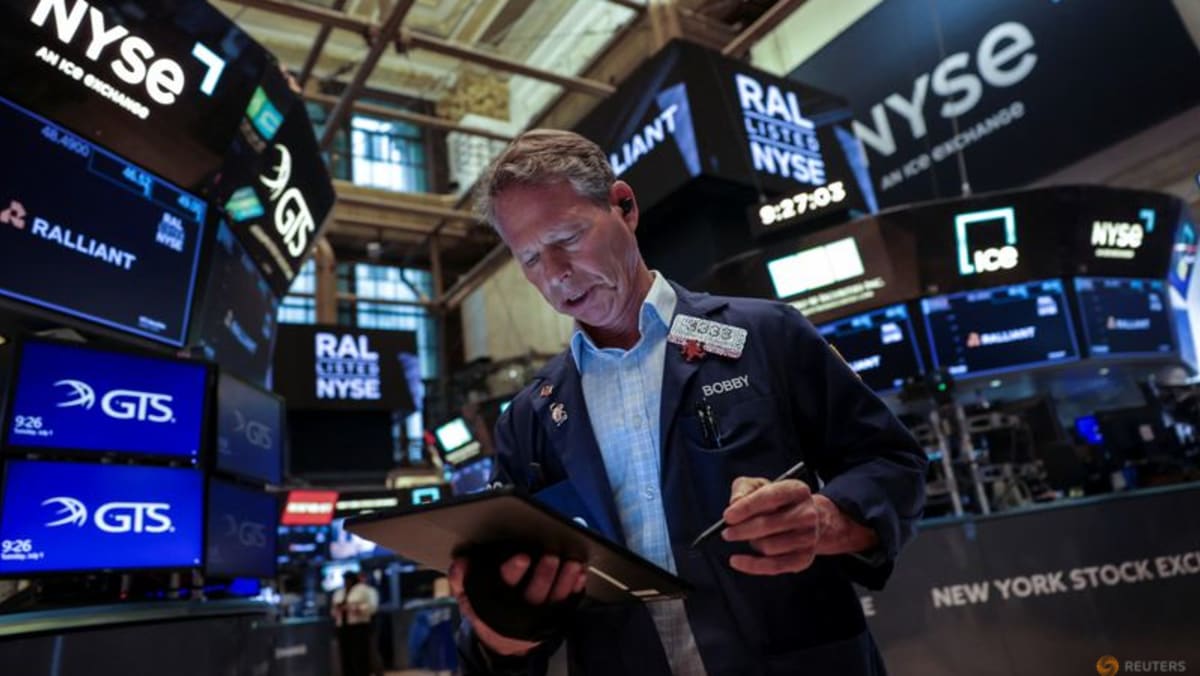NEW YORK :Investors will be keeping a close eye on tariff headlines out of Washington next week, as a temporary suspension of punitive import levies is set to expire. If that Wednesday deadline passes without an increase in trade tensions, it could prove positive for the markets.
Negotiators from more than a dozen major U.S. trading partners are rushing to reach agreements with U.S. President Donald Trump’s administration by July 9 to avoid even higher tariffs, and Trump and his team have kept up the pressure in recent days.
On Wednesday, Trump announced a deal with Vietnam that he says will impose a lower-than-promised 20 per cent tariff on many Vietnamese exports. While the administration has teased a forthcoming deal with India, talks with Japan, the sixth-largest U.S. trading partner and closest ally in Asia, appeared to hit roadblocks.
Investors have shifted from panicking about tariffs to relief buying, recently lifting the U.S. stock market back to record highs, with corporate earnings and the U.S. economy holding up better than many had expected through a period of dramatic policy change.
The S&P 500 has risen about 26 per cent from April 8, when stocks bottomed following Trump’s draconian April 2 tariff announcement.
But much of the rally has been driven by retail market participants and corporate share buybacks, even as institutional investors have been more reticent.
Despite the S&P 500 making new highs, equity positioning is far below February levels as investors remain underweight stocks, according to Deutsche Bank estimates.
“This has definitely been a junkier rally, a more speculative rally,” Lisa Shalett, chief investment officer at Morgan Stanley Wealth Management.
“In the last week or so, it’s been driven a lot more, I think, by retail than it has been by institutions. Institutional positioning is really just average,” she said.
While many factors are keeping investors cautious, including worries about U.S. economic growth and lofty stock market valuations, getting past the tariff deadline without a major escalation in tensions would be one less thing to worry about in the near term, analysts said.
“I think that there may be some threats and saber-rattling, but I don’t really think that any of that now poses a major danger to the market,” said Irene Tunkel, chief U.S. equities strategist, BCA Research.
Still, investors don’t expect the tariff deadline to put an end to trade tensions for good.
“I don’t view it necessarily as a hard deadline,” said Julian McManus, portfolio manager at Janus Henderson Investors.
“The 90-day pause itself was instituted because the markets were falling apart, and I think policymakers needed breathing room and time to try and negotiate these deals or find some kind of off ramp,” he said.
Investors’ cautious approach to boosting equity exposure now is reminiscent of their behavior immediately after the pandemic market drop of March 2020, when allocations to stocks recovered more slowly than major market indexes, Deutsche Bank strategist Parag Thatte, said.
“It does mean that there is room for exposures to keep rising, which is a positive for equities all else equal,” Thatte said.
After a roller-coaster first half, the S&P 500 is entering a historically strong period. Over the past 20 years, July has been the strongest month for the benchmark index with an average return of 2.5 per cent, according to a Reuters analysis of LSEG data.
Investors will also be keeping an eye on economic data – especially inflation numbers – and second quarter results in coming weeks for clues to the health of the U.S. economy, and the Federal Reserve interest rate outlook.
“We’re right at the point where institutions are going to have to decide one way or the other, do they believe the rally or not,” Morgan Stanley’s Shalett said.
Wall St Week Ahead runs every Friday. For the daily stock market report, please click [.N]
